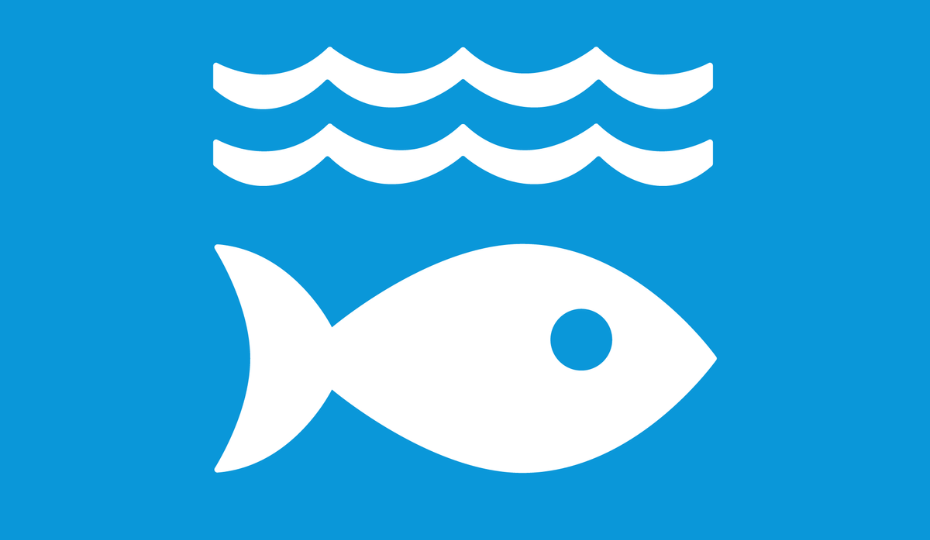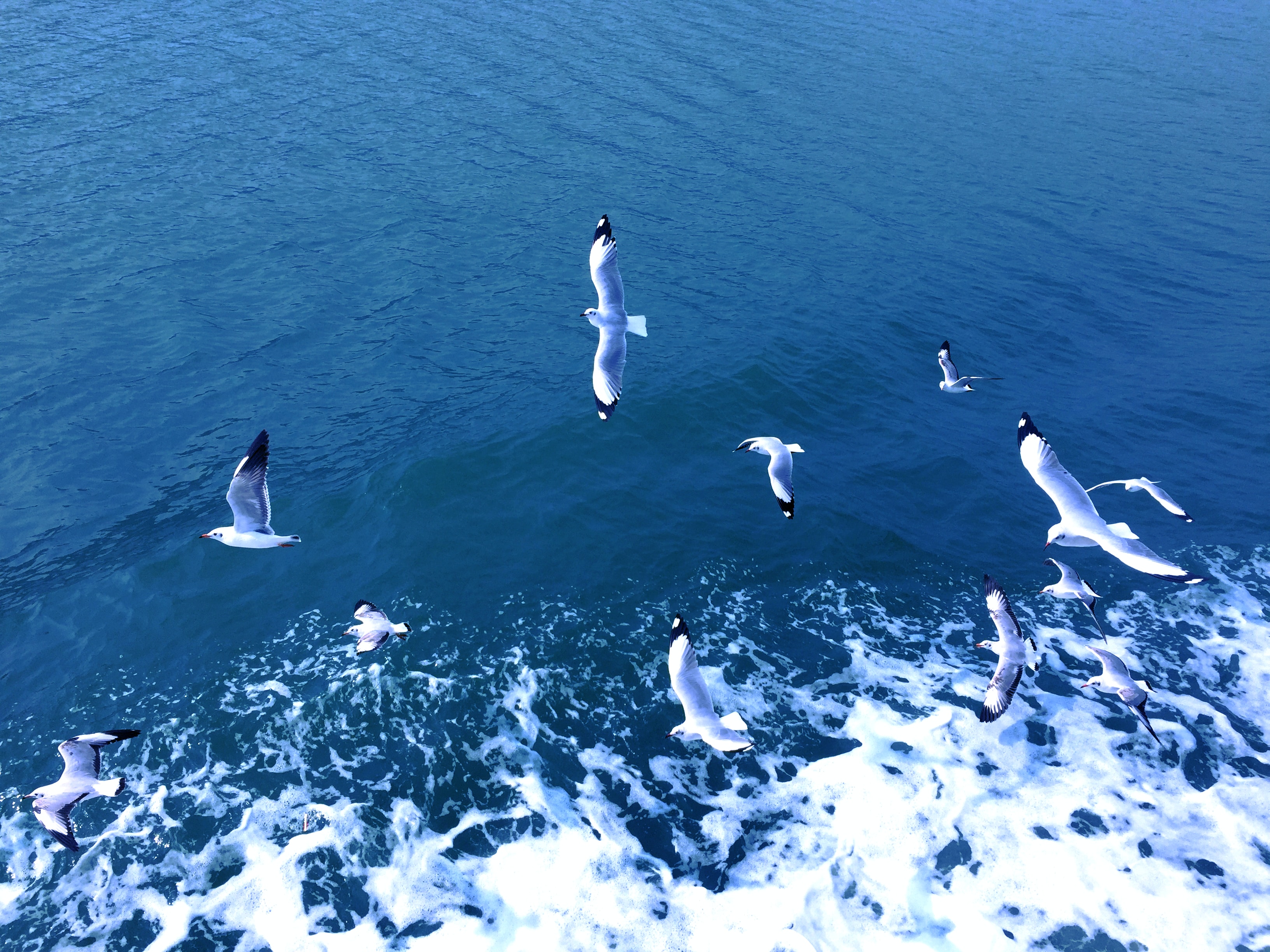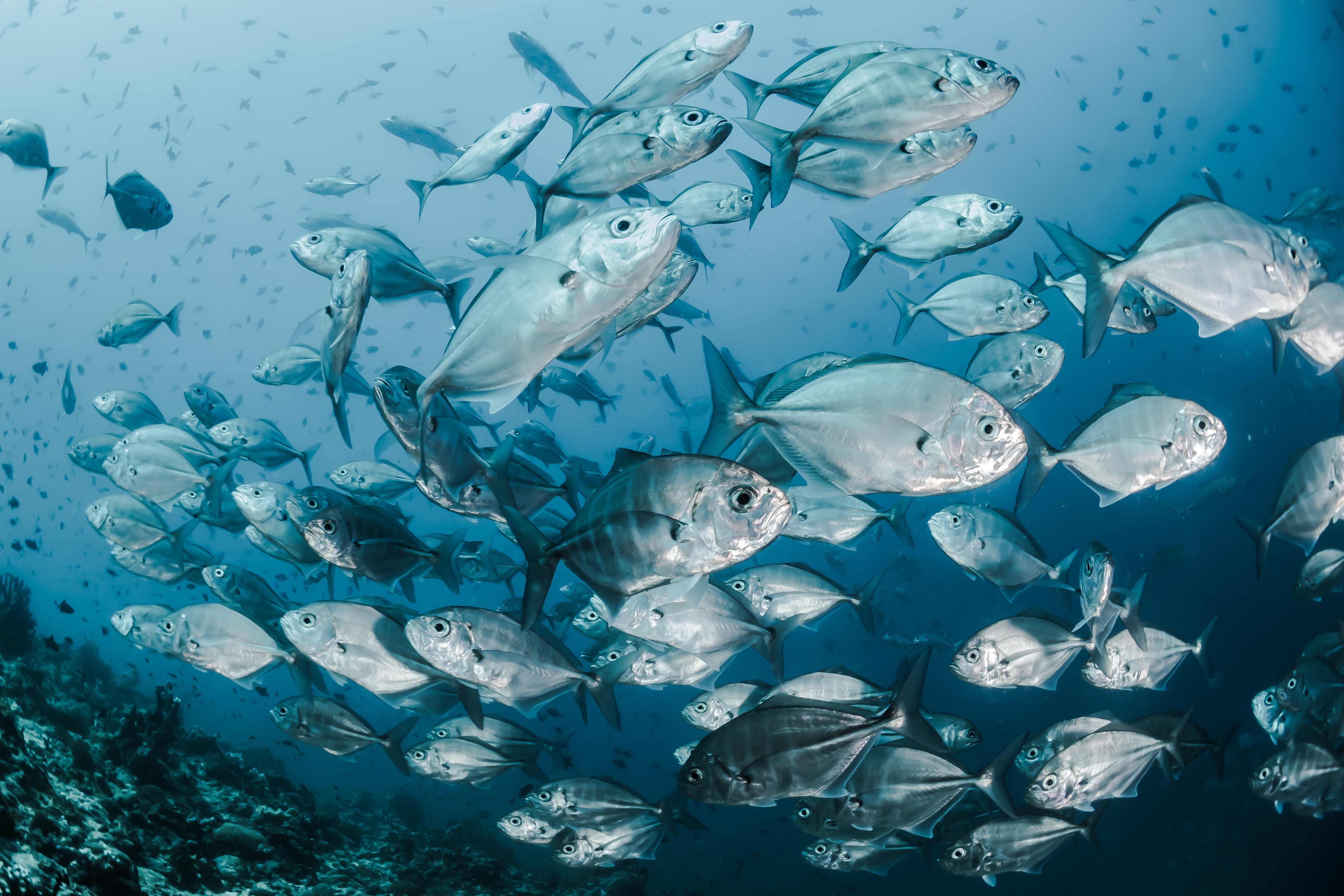Examples of our actions towards SDG 14 Life Below Water
Our conservation projects cover both on land and below water. For example the maintenance/creation of ponds and the recreation of long lost ponds is a key priority, we record populations of amphibians, a clear indication of water quality, and we have otters breeding along the river.
Research
Living the Values
Wider student Experience
Global
Policy and Governance
Durham research has been at the forefront of developing methods to measure the efficacy of fish passes. Accordingly, a wide variety of stakeholders (including the European Union, Environment Agency, and Natural England) have altered their policies to improve river connectivity for a wider range of fish species.
Annual Report - SDG 14
SDG 14 Catchment and Rivers
A key focus of the Catchments and Rivers cluster is on monitoring and modelling the interactions and feedbacks between geomorphology, hydrology, vegetation, and water chemistry in hillslope and river systems. Find out more about the various work of our researchers in this area
More examples of our work towards SDG 14
Maintaining aquatic ecosystems
Durham University's Biodiversity Plan is committed to preserving and enhancing our rich ecosystems, with particular focus on those at risk. We collaborate with local, regional, and national government agencies, industry, and communities to protect surrounding aquatic ecosystems. Through our "Enhancing Biodiversity (2022-2032)" initiative, Durham demonstrates its commitment to safeguarding natural environments.
Our staff and students actively participate in regional beach clean-ups, and we host free events, such as Human Healthcare and the Ocean, to emphasise the critical role of aquatic ecosystems in community wellbeing. Additionally, our Department of Biosciences collaborates with government organisations and industry on initiatives like the "Reducing Impacts of River Engineering Infrastructure on Fish Migration and Dispersal" impact case study. Further information can be found in the links below.
A4_Biodiversity_Strategy_DIGI-(2).pdf
Biosciences Impact Case Studies
Seaham beach clean (May 2022) - Staff Blog
Human Healthcare and the Ocean - Durham University
![]()


/prod01/prodbucket01/media/durham-university/about-us/environmental-social-and-economic-sustainability/Environment-Banner.png)







